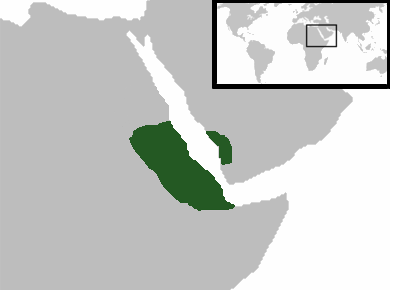Roman Adventures in Ethiopia November 13, 2014
Author: Beach Combing | in : Ancient , trackbackThere is absolutely no doubt that Roman merchants passed down the Red Sea and traded with the Ethiopians. But how exciting when every so often we see more than just coins and broken pots. Here is an account of some Roman Syrians who had visited India in the early fourth century AD (for philosophical purposes!) and who had then returned and put in on a port on the coast of Africa, almost certainly the Ethiopian coast: note that Ethiopia was the jumping off point for trips to India and there are clear references to Ethiopian Aksum (see the map above) in this text.
[O]ne Meropius, a philosopher of Tyre [in Syria], wished to visit India.., taking with him two small boys who were related to him and whom he was educating in humane studies. The younger of these was called Aedesius, the other Frumentius. When, having seen and taken note of what his soul fed upon, the philosopher had begun to return, the ship, on which he traveled put in for water or some other necessary at a certain port. It is the custom of the barbarians of these parts that, if ever the neighbouring tribes should report that their treaty with the Romans is broken, all Romans found among them should be massacred. The philosopher’s ship was boarded; all with himself were put to the sword.
Luckily the Africans had scruples when it came to the two children. They were taken to the king and in much the same way as black African slave children became page boys in the Mediterranean so Aedesius and Frumentius managed to make it in the royal court.
The boys were found studying under a tree and preparing their lessons, and, preserved by the mercy of the barbarians, were taken to the king. He made one of them, Aedesius, his cupbearer. Frumentius, whom he had perceived to be sagacious and prudent, he made his treasurer and secretary. Therefore, they were held in great honour and affection by the king.
The boys grew and with their new found power favoured the religion of their birth. If this is Ethiophia, then, Christianity had already been established, but this must have been a useful support for what was necessarily a young and vulnerable religion.
While they lived there and Frumentius held the reins of government in hishands, God stirred up his heart and he began to search out with care those of the Roman merchants who were Christians and to give them great influence and to urge them to establish in various places conventicles to which they might resort for prayer in the Roman manner. He himself, moreover, did the same and soencouraged the others, attracting them with his favour and his benefits, providingthem with whatever was needed, supplying sites for buildings and othernecessaries, and in every way promoting the seed of Christianity in the country.
Frumentius later (328-335, dates depending on Athanasius’ first period in office) made his way back to the Mediterranean and was there consecrated as bishop of Aksum by Athanasius. This was apparently the land of his captivity or in the general proximity. It also gives us a very late third, fourth century floruit: Frumentius seemed to have lived into the 380s. And what a life? Born in Syria, a childhood visit to India, slavery in the Ethiopian royal court, and finally a yo-yo trip to the Mediterranean returning with a mitre on his head. Other far travelled ancients: drbeachcombing AT yahoo DOT com



